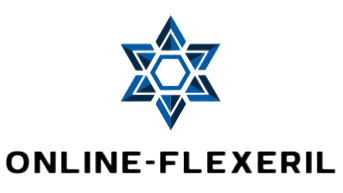
What Everyone Must Know About Fiber Media Converter?
fiber media converter are mainly the type of networking devices. These devices mainly help to connect two separate media types. Usually, they are mainly connected using the coaxial cable to the fiber-optic cable.

Important benefits to knowing about the fiber media converter
- Media converters mainly support excellent network speed. In doing so, they mainly help to maximize functionality. This mainly allows the users to complete tasks as quickly as possible.
- The flexibility provided by media converters makes them economically stable. In contrast to the expensive upgrade, the lost cost of the media converter is a suitable investment.
- These converters help to decrease electromagnetic interference. This is mainly done by supporting the benefits of fiber optic cabling. The fiber optic cabling has got complete immunity to the electrical interference.
- Media converters mainly allow the users to combine some new equipment into the existing cabling infrastructure. This converter also increases the quality as well as strength of the network.
Media converters primarily work on the physical part of the network. These devices receive data signals from one type of media. This includes the electronic signal on the twisted pair copper cable. Then convert them to another by staying invisible to some of the other networking devices.
Media converters mainly do not interact with upper-level protocol information. This makes them support the quality of service as well as the layer three switching. These fiber converters are mainly suitable to expand the LANs. These devices mainly convert connection speeds or fiber modes.
Top facts to know about sfp media converter
sfp media converter are mainly used to concatenate two fiber connections back to back. These converters are mainly agreement independent. These are mainly not limited to particular data types as well as can mainly pass different types of protocols.
The SFP is otherwise known as a small form-factor pluggable module. This is otherwise known as mini GBIC. This is mainly a tight as well as a hot-pluggable optical transceiver. This is mainly used in the case of data communication, and telecommunication applications. This mainly transforms electrical signals into optical signals and in reverse. This type of media converter is mainly used in the case of extended IP network applications.
Media converters are mainly used in different types of sectors to provide the desired connection between copper and fiber.
These are some of the important facts to know about media converters.


